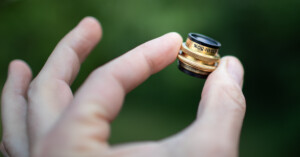
Tiny Lens Creates Huge Headaches for Wet Plate Photographer
Photographer Markus Hofstaetter's wet-plate work often features big, ultra-fast lenses. However, Hofstaetter recently acquired a very tiny lens that has caused him some massive problems.

Photographer Markus Hofstaetter's wet-plate work often features big, ultra-fast lenses. However, Hofstaetter recently acquired a very tiny lens that has caused him some massive problems.
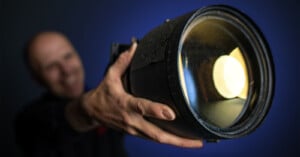
Years ago, photographer Markus Hofstaetter purchased a 140mm f/1.0 lens designed for projectors. He recently found the right opportunity to pair this unusual lens with an ultra-large format camera.
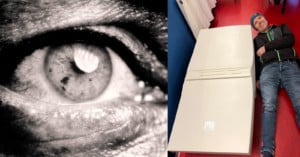
Wet plate photographer Markus Hofstätter took it upon himself to bring a giant 73-kilogram (160-pounds) ultra-large format flatbed scanner back to life, a process that took three full months.
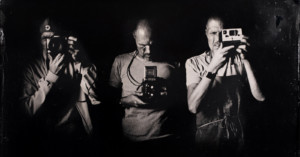
Wet plate photographer Markus Hofstätter recently acquired a Zeiss 300mm f/4.5 lens, and although it produced beautiful results, the process of getting to a finished image was filled with numerous obstacles along the way.
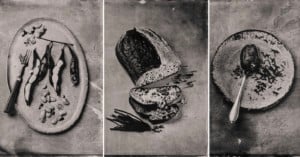
Photographer Markus Hofstätter -- known for his collodion wet-plate photography expertise -- decided to try something different and used the 170-year old shooting process to capture incredibly detailed high-end food photos.
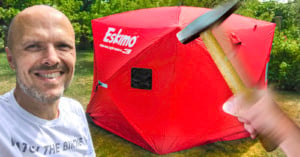
Although large-format photography may be an intricate and slow process often shot in a studio, it doesn't mean that it can't be taken outdoors with a little ingenuity.
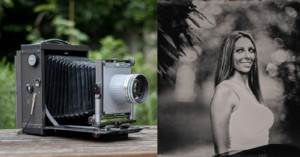
Well-known wet plate photographer Markus Hofstätter recently purchased an old wet-plate camera, repaired it to a working condition, and added two lenses to it with the help of his 3D printer.
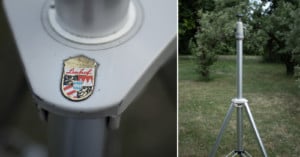
After an accident that left an otherwise well-built Linhof tripod in a bad shape, watch as photographer Markus Hofstätter brought it back to life with full functionality.
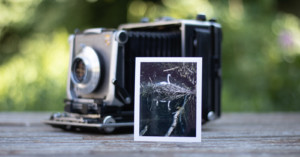
Photographer Markus Hofstätter discovered a family of swans and, over time, gained their trust enough to approach and photograph them. Eventually, he decided to do so with his large-format camera and an expired Kodak Readyload film.
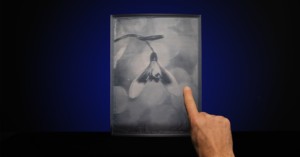
Photographer Markus Hofstätter had been designing parts for his cameras and 3D printing them at home when the idea to try something new struck him: 3D printing photographs. After a lot of trial and error, he successfully found a way to translate wet plate photos into 3D printed pieces.
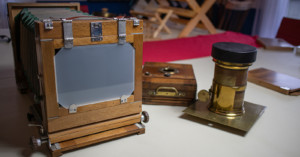
Did you know that you can make your own ground glass focusing screen? In his latest video, wet plate photographer Markus Hofstätter shows you exactly how by making a ground glass screen for one of his large format cameras.